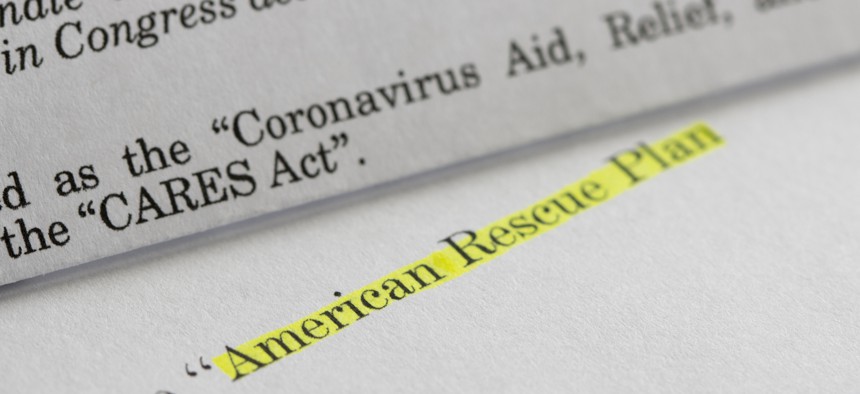How Cities and Counties Are Prioritizing American Rescue Plan Funds

iStock.com/hapabapa
Infrastructure was the top investment priority for communities of all sizes, followed by replacing lost public sector revenue, according to a recent report.
Infrastructure was the top investment priority for communities of all sizes, followed by replacing lost public sector revenue, according to a report by ICMA. Within the infrastructure category, the most anticipated project concerns were water and sewer infrastructure, prioritized by 74% of respondents.
While many local governments continue to gather information and explore potential investments, some have taken steps to launch or advance initiatives made possible with fiscal recovery funds. Some examples the ICMA report includes are:
Household relief funds are helping improve low-income homes. Kenmore, Washington is a nonentitlement unit with a population of 23,000 anticipating $6 million in federal recovery funds. With these funds, officials plan to address the negative economic impacts of the pandemic. The city will also dedicate $1 million toward direct assistance to low-income households at 30% or below the area median income.
Varying approaches to regional broadband. In the Lake Cities region of Texas, four smaller municipalities (Corinth, population 22,000; Hickory Creek, population 4,600; Lake Dallas, population 8,000; and Shady Shores, population 2,800) have been working together and planning around broadband issues. With the funds, the cities hope to establish a middle mile/government service fiber ring, and have issued a request for a proposal for a public-private partnership, extending connections to their residents and businesses.
Investing in community resiliency. Davenport, Iowa, with a population of 102,000, received a $40 million direct allocation, and plans on utilizing public feedback and a city council prioritization process. In July, the city council approved a plan that included investments in flood migration, housing for vulnerable residents, youth-oriented programming, park and public space improvements and other infrastructure projects.
In some states, officials are using the money to help the travel and hospitality industries rebound from the economic downturn brought by the pandemic. For example, Alaska Gov. Mike Dunleavy has proposed spending 15% of the $1 billion the state will receive on tourism-related initiatives. Spending would include “industry relief to promote tourism and adapt services for potential loss of cruise ship season,” according to his proposal.
Other states and localities still are considering how to use their funds while some small towns are not accepting the cash because they say they either don’t need it or don't want the burden of reporting to the federal government how they are using it.
ICMA surveyed local government chief administrative officers about their priorities for using the ARPA funds, based on available guidance as of September 2021. More than 530 town, city and county managers responded, with two-thirds of responses coming from communities with 25,000 or fewer residents, according to the report.
For more information from the ICMA report click here.
Andre Claudio is an assistant editor at Route Fifty.
NEXT STORY: Bipartisan Support for Red Flag Laws Wanes as GOP Blocks Bills





